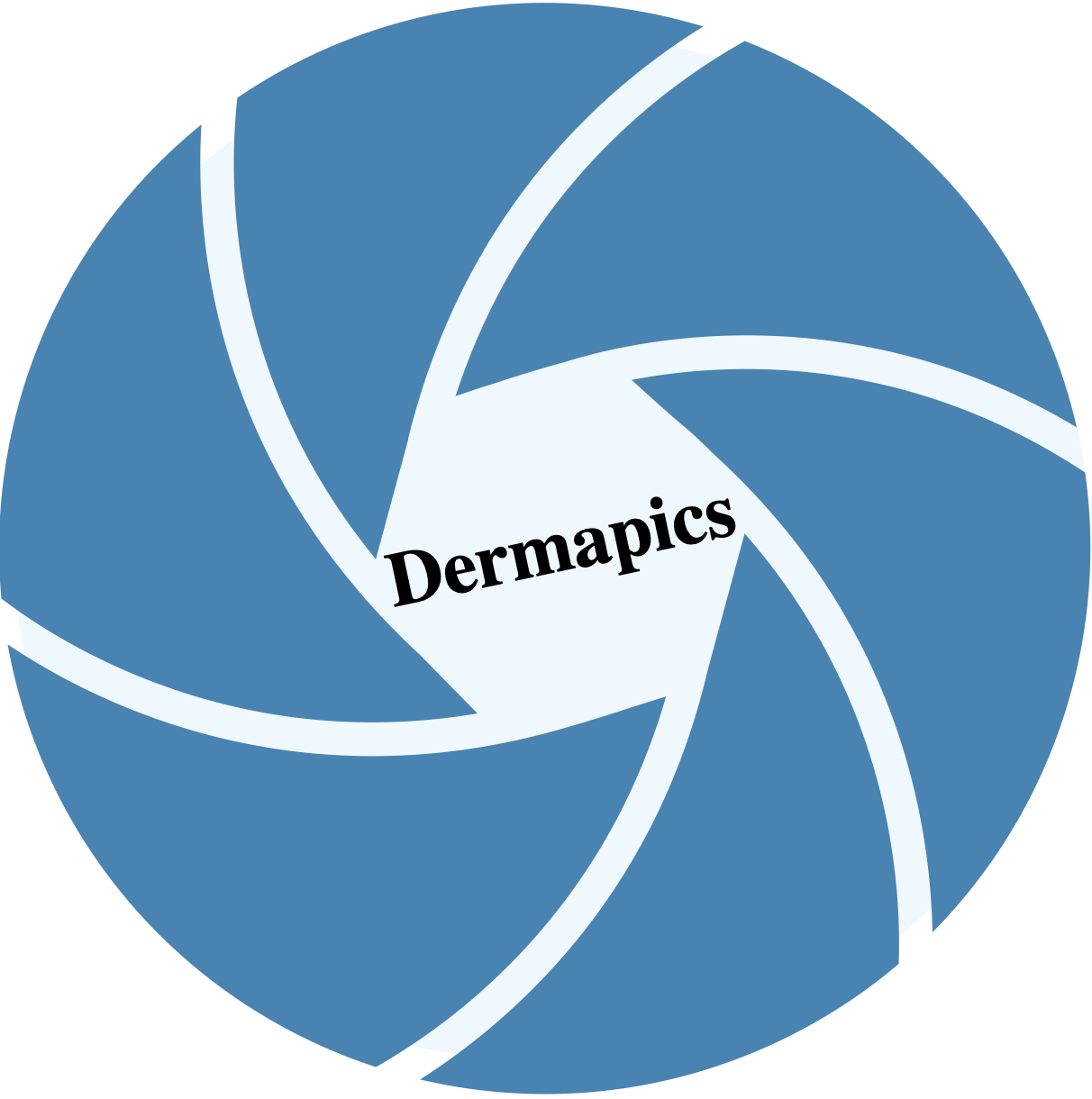Periorbital puffiness (Bags under the eyes)
What is periorbital puffiness?
Periorbital puffiness is the swelling of the lower eyelids. They have the appearance of “being filled with fluids”. Temporary periorbital puffiness only exists for a short period of time and can be the result of crying or sleepless nights. These types of periorbital puffiness are often gone in a couple of hours. This page however is regarding permanent periorbital puffiness under the eyes. Periorbital puffiness is a common phenomenon that bothers a lot of people greatly. This is primarily because periorbital circles can make people seem tired and or worrisome.
How does periorbital puffiness occur?
The older we get, the higher the chances we develop periorbital puffiness. During the aging process a part of the fat under the skin disappears. As a result, the suppleness of the skin decreases and gravity pulls the facial skin downwards. Particularly the fine-meshed connective tissue of the lower eyelids can suffer from the decrease in supportive adipose tissue. In addition, because of the reduction in strength of the connective tissue partitions, it is harder for the fatty tissue to stay in place. It is possible for liquids to accumulate easier in the weaker fine-meshed connective tissue, causing a permanent swelling as a result.
Why is periorbital puffiness usually more intense in the morning?
By lying in a horizontal position during the night, it is easier for liquids to build up in the connective tissue under the lower eyelids. Furthermore, because of the horizontal sleeping position, the veins in the lower eyelids are open extra wide which as a result contributes to a thickening of the lower eyelids.
Are dark circles around the eyes the same as periorbital puffiness?
Periorbital puffiness can sometimes be accompanied by a darker colour. The darker colour is the result of an optic effect caused by the accumulation of blood in the veins of the skin of the lower eyelids. However, dark eyelids can also have a genetic cause and have no connection with periorbital puffiness. In these cases there is pigmentation under the eyelids without the actual swelling of the eyelids. Especially people from Asia show the hereditary hyperpigmentation of the eyelids (‘dark eye syndrome’).
Is periorbital puffiness harmless?
The periorbital puffiness as described above is indeed harmless and is a natural part of the aging process of the skin. However, when there is an increasing problem of edema in the lower eyelids, it is advisable to contact your general practitioner. Thickened (lower) eyelids can in some cases be a symptom of internal problems where the body retains fluids. This is seen in serious heart-, kidney- and liver problems.
What can I do about periorbital puffiness?
Of course there are countless home remedies that are used to fight the development of periorbital puffiness around the lower eyelids. Think about the classic cucumber slices and the used (and cooled off!!!) tea bags that are put on the eyelids as compresses. The effectiveness of these home remedies have never been proven but they seem to do no harm either. They are furthermore very cheap. This is however not always the case for the many types of creams and serums that are available on the market to battle and or camouflage the periorbital puffiness and hyperpigmentation (dark colour) of the eyelids. In some cases, lower eyelid corrections can combat periorbital puffiness. Lower eyelid corrections are technically more difficult than upper eyelid corrections and therefore also more expensive.
Literature
Huang YL. et. al: Clinical analysis and classification of dark eye circle. Int J Dermatol. 2014 Feb;53(2):164-70. doi: 10.1111/j.1365-4632.2012.05701.x. Epub 2013 Jul 24.
